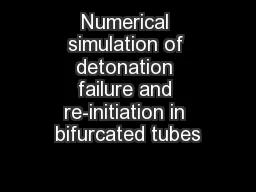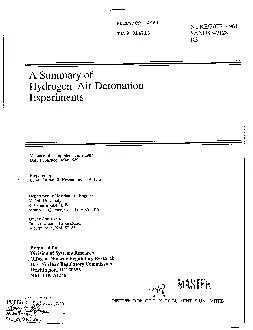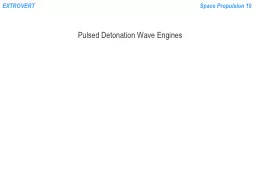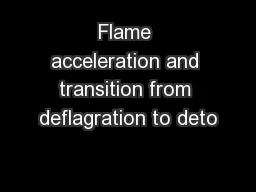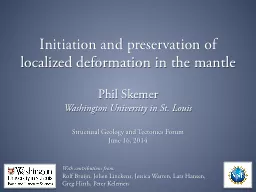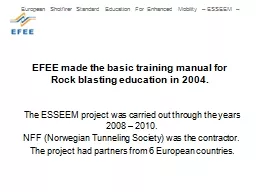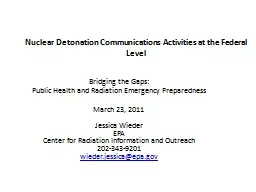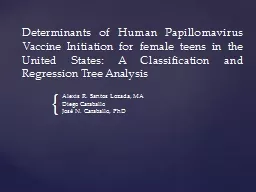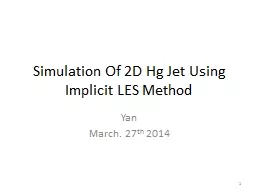PPT-Numerical simulation of detonation failure and re-initiation in bifurcated tubes
Author : trish-goza | Published Date : 2018-11-08
Centre for Fire and Explosion Studies School of Mechanical and Automotive Engineering Kingston University London Centre for Fire and Explosion Studies A Heidari
Presentation Embed Code
Download Presentation
Download Presentation The PPT/PDF document "Numerical simulation of detonation failu..." is the property of its rightful owner. Permission is granted to download and print the materials on this website for personal, non-commercial use only, and to display it on your personal computer provided you do not modify the materials and that you retain all copyright notices contained in the materials. By downloading content from our website, you accept the terms of this agreement.
Numerical simulation of detonation failure and re-initiation in bifurcated tubes: Transcript
Download Rules Of Document
"Numerical simulation of detonation failure and re-initiation in bifurcated tubes"The content belongs to its owner. You may download and print it for personal use, without modification, and keep all copyright notices. By downloading, you agree to these terms.
Related Documents

